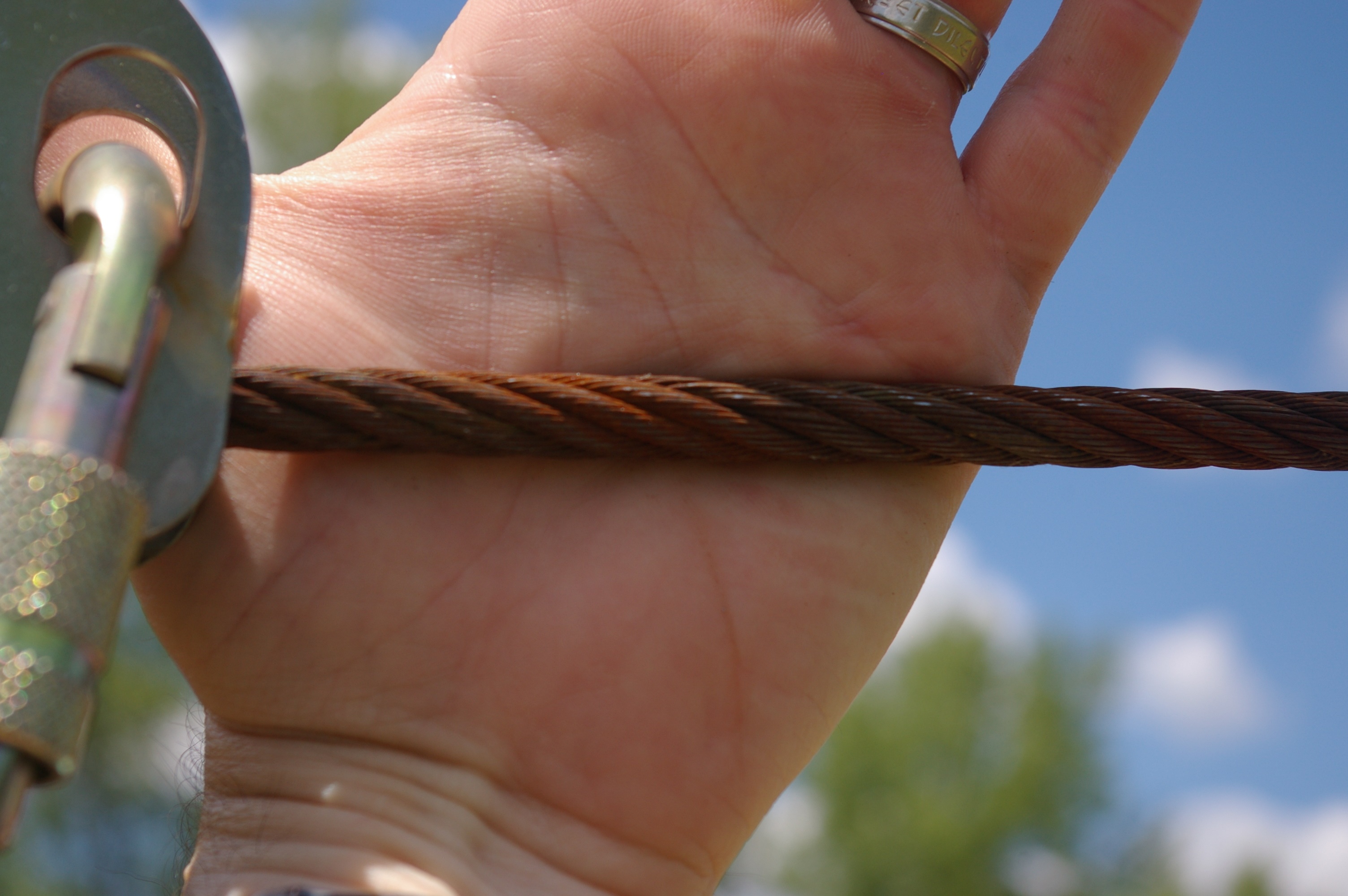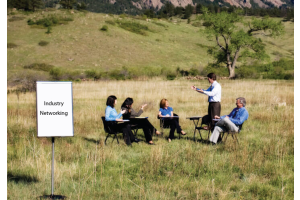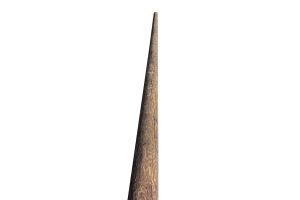Zip Lines, Canopy Tours and Inspections

Zip lines and canopy tours are a popular form of outdoor recreation, but they can also be dangerous if they are not properly inspected and maintained by a qualified person. The wire rope, support structures and operating equipment and gear are the most critical components of a zip line, and they need to be checked regularly for signs of wear and tear.
Wire Rope Inspection
The wire rope on a zip line is subject to a lot of stress, and it can break if it is not properly maintained. The following are some things to look for when inspecting the wire rope:
- Any signs of wear or damage, such as fraying, kinks, or rust.
- A decrease in the diameter of the rope.
- A change in the color of the rope.
- Any knots or other imperfections in the rope.
- If you find any of these problems, the wire rope should be replaced immediately.
Support Structure Inspection
The support structures for a zip line are also important to inspect regularly. The following are some things to look for:
- Any signs of damage, such as cracks, rot, or rust.
- Loose or missing bolts or nuts.
- Any trees or other objects that could fall on the zip line.
- If you find any of these problems, the support structure should be repaired or replaced immediately.
Equipment Inspection
The equipment is the connection between the participant and the zipline ride and its essential that it is inspected daily and maintenaed in good condition to keep geusts and staff safew while on your zip line or canopy tour. Some commonon inspection responsabilities include:
- Harnesses - Inspecting all staff and particuipant harnessees daily before and after use is current industry practice. Make sure to thuroughly inspect webbing, stitching, buckles and connectors for wear, tears, corrosion or other damage. See harness manufacturers details for inspection and cleaning criteria.
- Helmets - Make sure to inspect all helmets daily before and after use in compliance with the manufacturers written proceedures. Common inspection areas on helmets include: the shell, suspension strap, any foam inserts, and buckles. Make sure to look for craks in plastic, tears and rips in webbing and corrosion or cracking on any buckles or connectors.
- Lanyards - Zip line lanyards can be made from rope or webbing and should be inspected to teh manufacturers written criteria. Typical inspecting points include: the entire length of tehwebbing or rope looking for snags, tears, stains, melts or othervisable damage. Stitiching, splices or swage connectors should also be inspected for damage.
- Trolleys & Pulleys - Functional zipline trolleyes and pulleys are essential to a smooth ride and successfull sip line landing. While you should make sure to follow the individual trolley manufacturers guidlines for inspection here are a few common things to look for: Trolley body or side plats should be inspected for knicks or damage to the melatl, teh sheaves shoud be inspected for wear and that the bearings are prooperly functioning; and any integrated connectors or carabiners should be inspected for proper gate function, and or damage to the componenet like kicks, grooves or gouges.
- Carabiners - Carabiners are the connection between the lanyard to the participant and th lanyard to the trolley. Carabiners should be inspected for properly functioning gates, damage to teh body like knicks or dents and corrosion. Make sure to inspect and lubercate carabiners only to the specifications of the carabiner manufacturer.
Inspection Frequency
The frequency of inspections will vary depending on the use and environment of the zip line. However, it is generally recommended that zip lines be inspected:
- Annually or at least once a year by an outside thrid party certified and/or licenced professional. If the zip line is used heavily, it may need to be inspected more often.
- Daily by in-house trained (and/or certified) inspectors prior to use with groups
By following these simple inspection procedures, you can help to ensure the safety of your zip line and its users.








